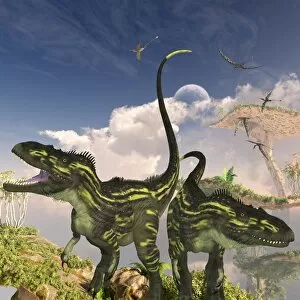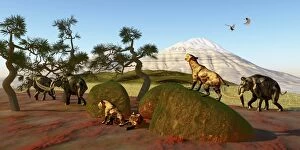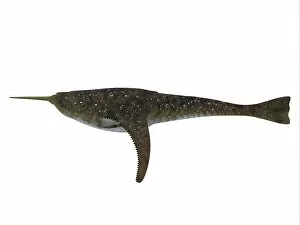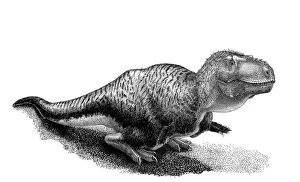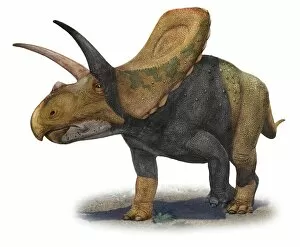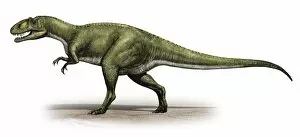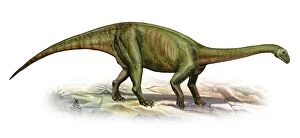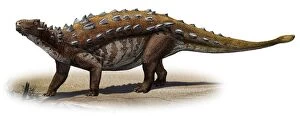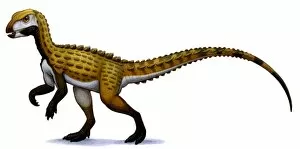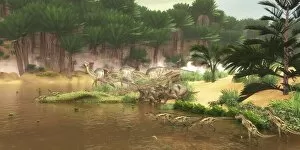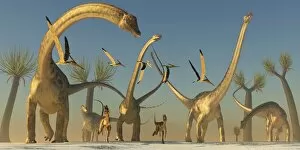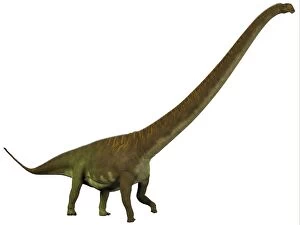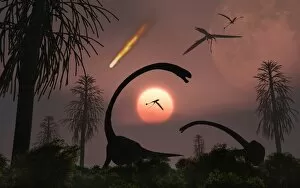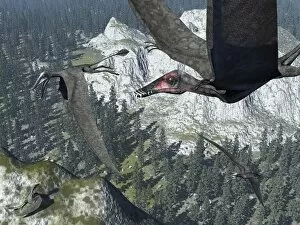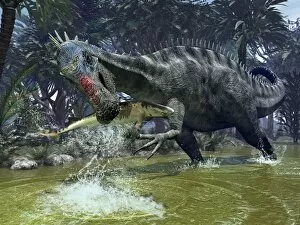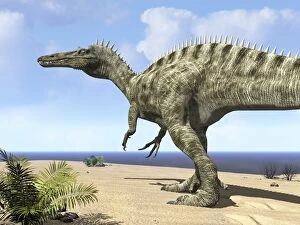Creature Collection (page 100)
In the mystical land of Bhaktapur, Nepal, lies the Kopan Monastery, a sanctuary where the wheel of life (wheel of Samsara) spins endlessly
For sale as Licensed Images
Choose your image, Select your licence and Download the media
In the mystical land of Bhaktapur, Nepal, lies the Kopan Monastery, a sanctuary where the wheel of life (wheel of Samsara) spins endlessly. This ancient symbol represents the cycle of birth and death that all they are bound to. As we delve deeper into history, fossils from the Palaeozoic era emerge as remnants of long-extinct beings. Among them is an intriguing giant octopus captured in a 19th-century French engraving. Its tentacles reach out from time's depths, reminding us of the mysteries that lie beneath our feet. Speaking of enigmatic creatures, who can forget the legendary Loch Ness Monster? Its elusive presence has fascinated generations and sparked countless debates about its existence. The Lochness Monster remains an enigma shrouded in Scotland's misty waters. Religion too holds tales of extraordinary beings like Taweret from Egypt. This deity with a hippopotamus body and lioness head embodies protection during childbirth—a reminder that even mythical they can offer solace and guidance. Meanwhile, Sergey Solomko's Blue Bird (Bird Sirin) takes flight across Asia's skies with its enchanting song believed to bring joy and harmony to those who hear it. A symbol of hope amidst chaos, this creature reminds us to seek beauty even in troubled times. Stepping back into prehistoric times brings us face-to-face with Iguanodons—herbivorous dinosaurs whose massive size roamed Earth millions of years ago. These gentle giants remind us that not all ancient creatures were fearsome predators; some peacefully grazed on nature's bounty. Venturing deep below sea level reveals a heartwarming sight: a sperm whale family swimming together gracefully through ocean currents. Their bond exemplifies familial love within marine realms—an awe-inspiring testament to nature's wonders. And finally, let your imagination run wild as you gaze upon fantasy illustrations depicting marine reptiles.



